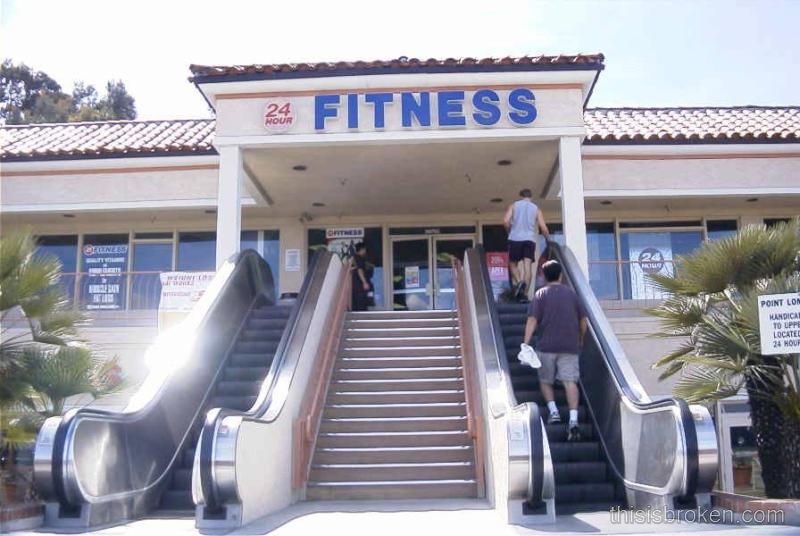
Now that I am in the final stages of planning my once in a life-time trip to the top of Kilimanjaro. I need to get my legs in shape for the 5,882 metres or 19,298 ft climb to the snow-capped peak of Kibo.
For some time now I have been using the stairs at work instead of the lift whenever possible. Although this sometimes gets me to high-up meetings a little out of breath, I can feel the good it is doing me. Even better, I am saving electricity each time I avoid going into the lift. In addition, I gain a sense of control, or at least avoid the frustration of waiting, what can seem like an age, for the lift to arrive.
There is even scientific evidence to prove that taking the stairs instead of the lift at work could save your life.
Banning the use of lifts and escalators led to better fitness, less body fat, trimmer waistlines and a drop in blood pressure, a study of 69 people found. This translates to a 15% cut in the risk of dying prematurely from any cause, calculate the University of Geneva team.
However, that won’t be enough to get me through seven days of equatorial trekking in July, so I am increasing my visits to the stairwell. Initially I was doing a full eight flights to the top of the building at the beginning of each day. but have now increased to twice a day. However, I’m not sure how much I will need to ‘raise my game’ in order to be fully fit for the rigours of the big mountain.
What is nice is that I’m not alone in my use of the stairs as a fitness aid. I now recognise some regulars as I pant my way up and down the floors.
In common with many mundane activities, there is often an extreme approach taken up by those I would consider to be somewhat more eccentric than the rest of us.
The Telegraph newspaper has published a couple of stories about the ‘sport’ of stair running, Stair running: Towers of torment and Could you run a vertical marathon?
And of course the highest building representing the pinnacle of achievement. For these indoor athletes, taking anything less than two steps at a time is for amateurs. And I assume the inside line is fiercely fought over for the advantage it gives. You can read about the buildings, runners and their times here: www.verticalrunning.org; www.towerrunning.com; www.skyrunning.com; Stairclimbing Sport; www.stairclimbingsport.com
Somehow I don’t think I will ever make it running to the top of the erotic gherkin or the Shard. But as someone who is allergic to gyms, using this stair climbing workout regime is a free and handy alternative.
My attitude to the mindset that leads to fitness seekers to drive their cars to their local exercise centres is nicely summed up by this photo from the USA below.



